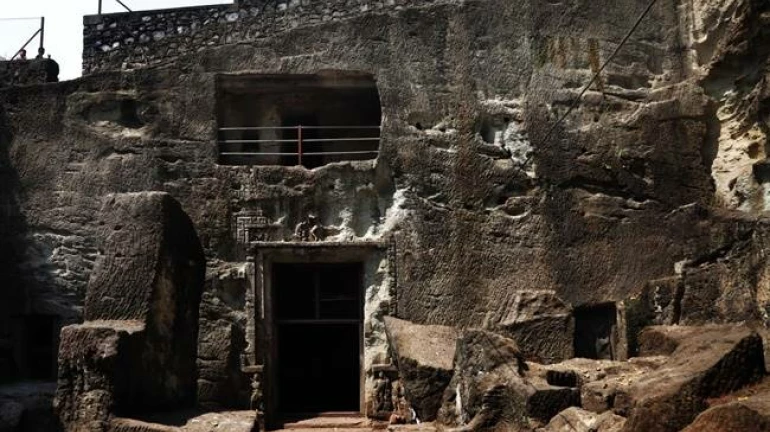
Formerly known as the Amboli Caves, Jogeshwari Caves were established around 1500 years ago. Excavated along with Ajanta and Elephanta caves, these are situated at the heart of Jogeshwari suburb in Mumbai. It is considered to be a shrine to Lord Shiva, the caves house a lot of pillars and sculptures of Hindu deities, belonging to the Mahayana Buddhist architecture. These are one of the earliest cave temples in Mumbai and are surrounded by rocks on both sides.
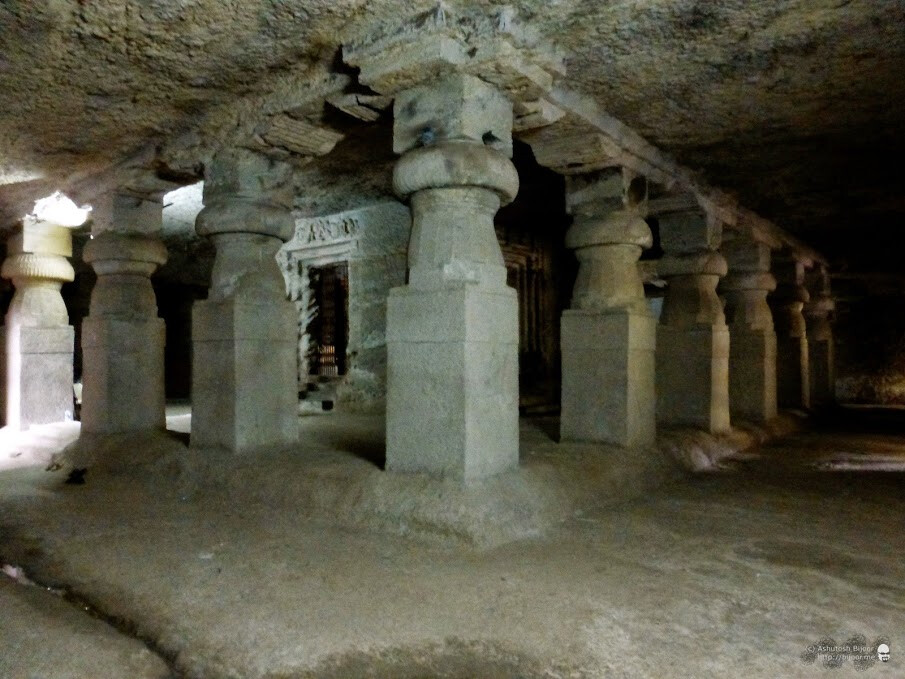
Before the Jogeshwari caves were built here in the sixth century, the first and the second century BC witnessed the construction of Buddhist shrines under the Vakataka Dynasty. Taking a cue from the Buddhist architecture, the Hindu community in the area built the temple with a unique age-old style. As per what history narrates, the artisans were said to have gone west from Ajanta and the first Indian temple in Jogeshwari was built.
The entrance to the caves is through a flight of stairs which would take you to a playground area. The caves boast of numerous pillars and a large hall with innumerable portraits and sculptures in the Mahayana Buddhist style. The central section highlights six such pillars. The caves preserve rich cultural heritage and contain temples of Lord Hanuman and Ganesha, besides Goddess Jogeshwari. There are figures portraying the marriage proceedings of Lord Shiva on the porch. This is nearly 30 feet in length. 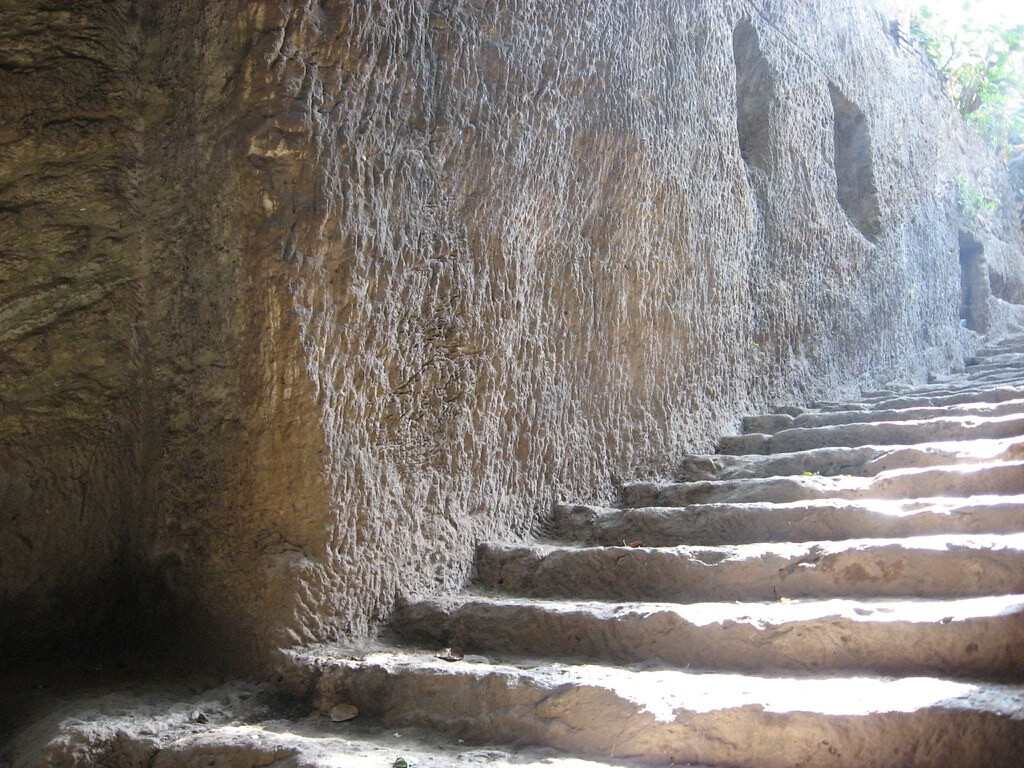
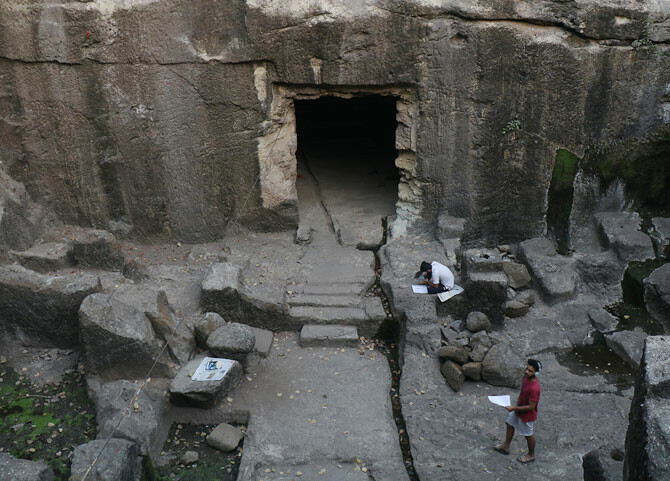
Preserving the Cultural Heritage
Even though the caves are a haven for explorers and archaeologists, the place is buried under slum debris and exhibits a sad state of the cultural sites in India. Located within the financial capital of the country, sites such as these need to be preserved and cared for, on the contrary. An area of 100 metres around the caves is prohibited and 300 metres from the outer boundary is regulated. However, despite the restrictions, illegally constructed buildings have marred the beauty of the location over the years. These slums conceal the grandeur and the glamour of the caves and the richness of the heritage.
Also Read: Tourist places in Mumbai you may want to visit
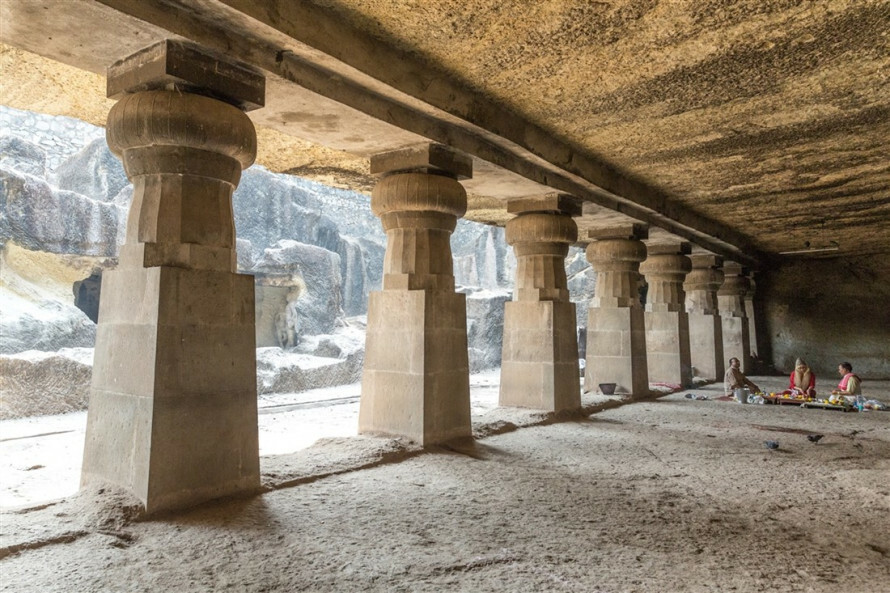
Many say that the site is in a bad state for the visitors to go and explore the location. However, the caves have enough to leave an adventurer awe-inspired and full of wonder. If you love architecture, there is much for you to see at the location. The engravings at the Jogeshwari Caves will make the trip worth, for those who love history and architecture.
On an important note, it’s high time we start giving more significance to these less popular locations and keep its story alive. With its popularity, the consciousness towards preserving these sites will also grow. For the ones who wish to explore the not-so-popular side of the city, these first rock-carved temples in Mumbai are a must visit beauty, located right at the heart of Jogeshwari suburbs.





